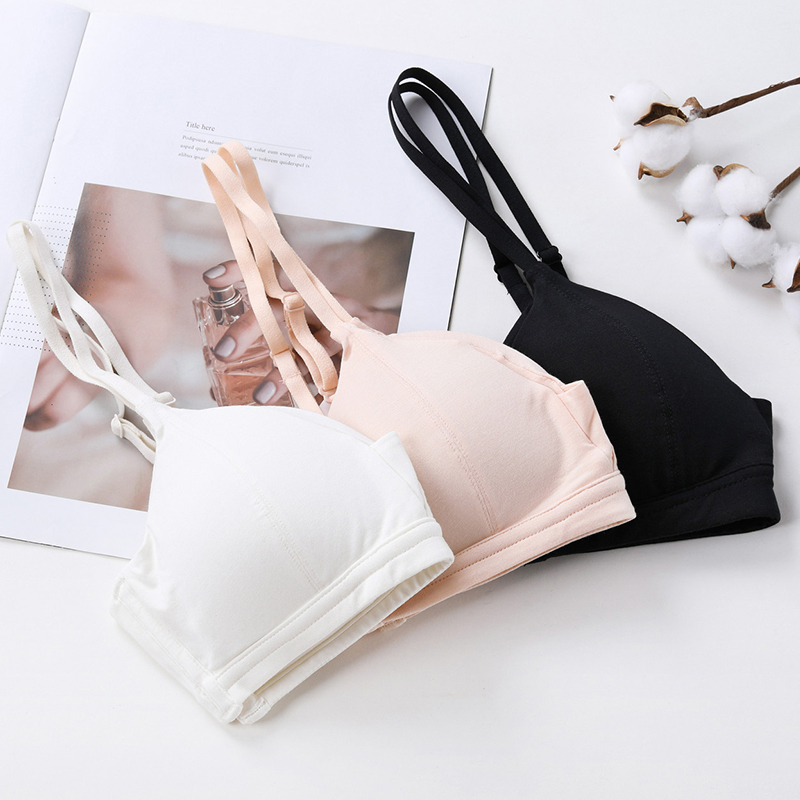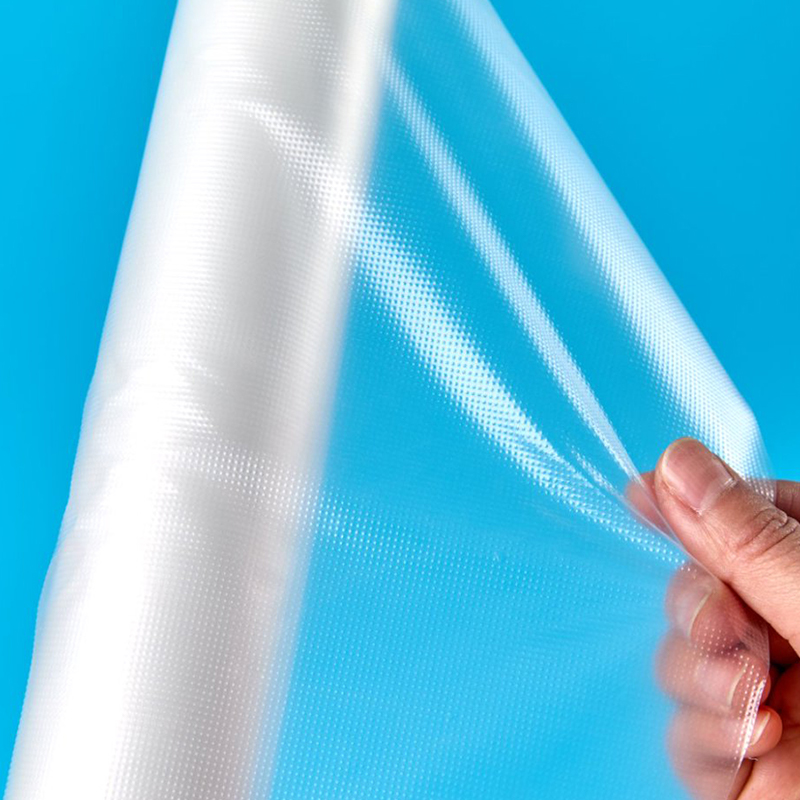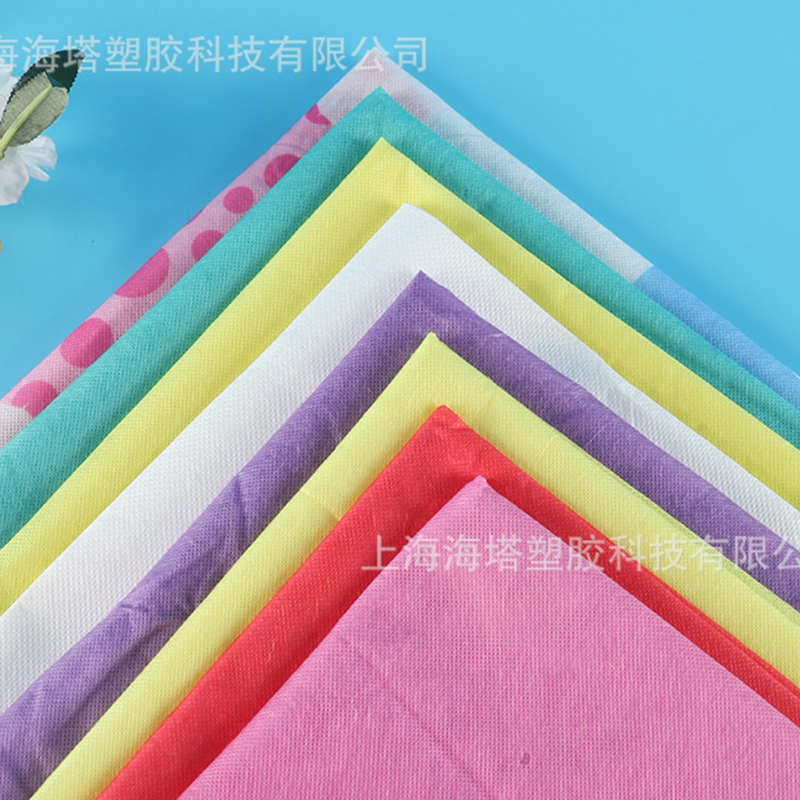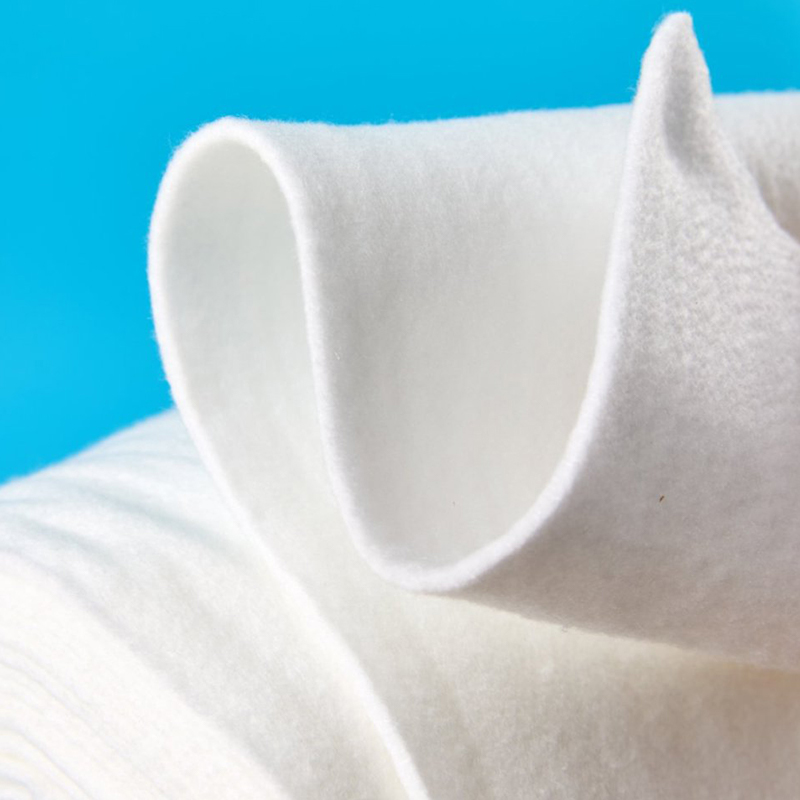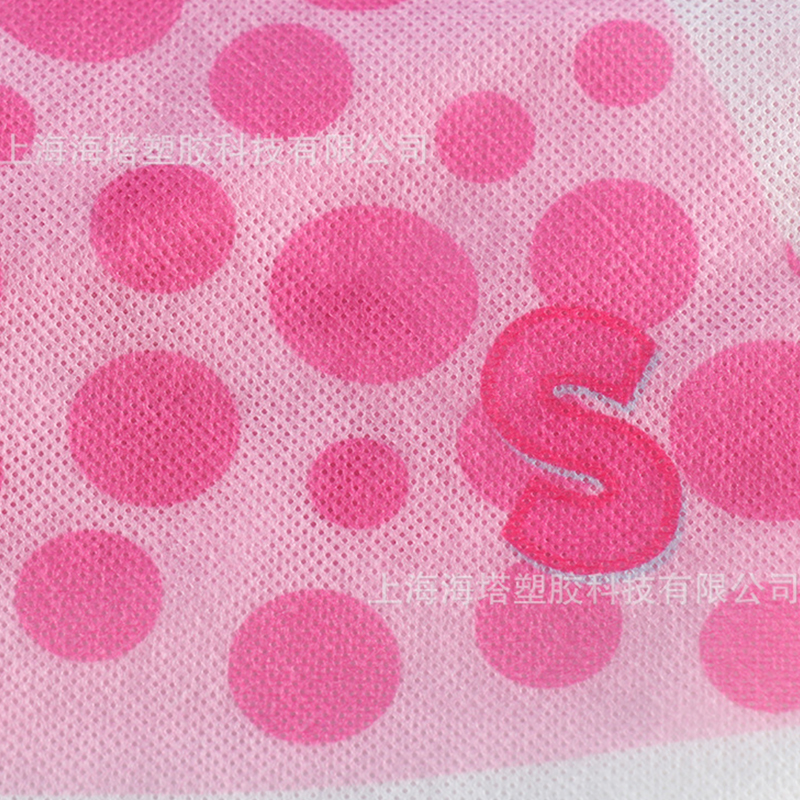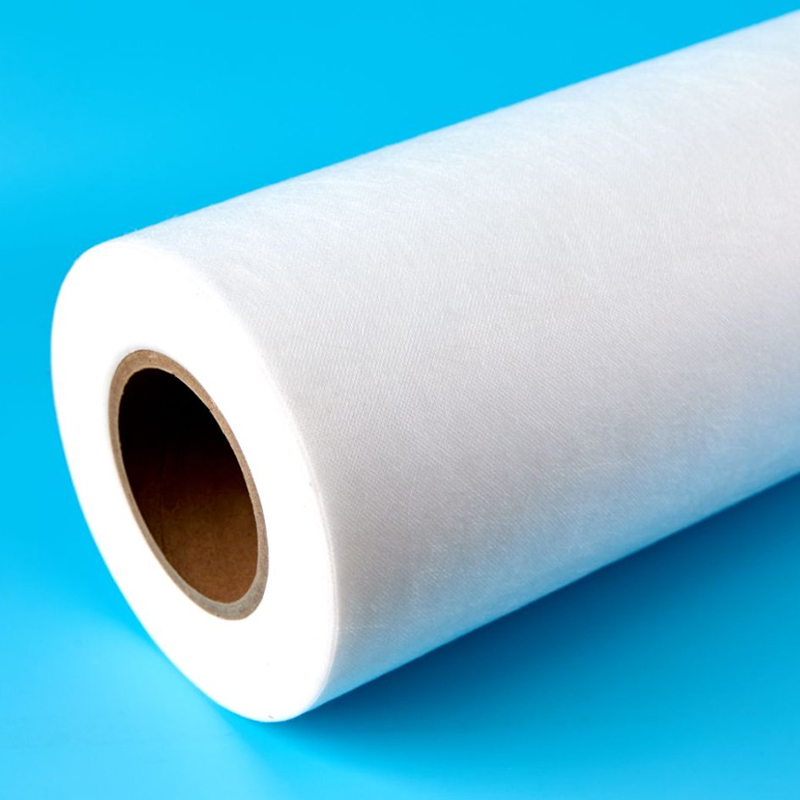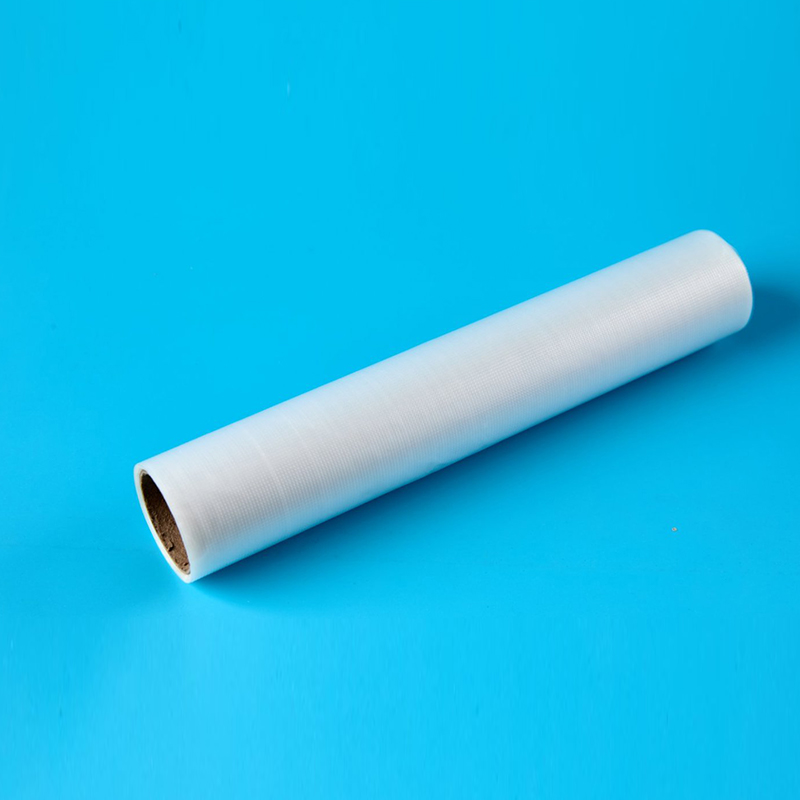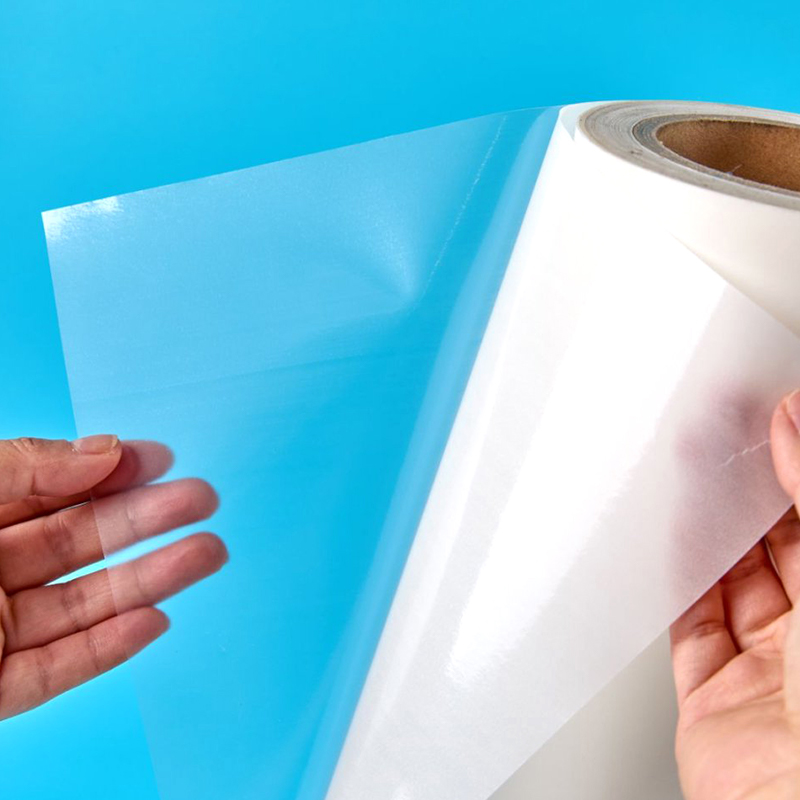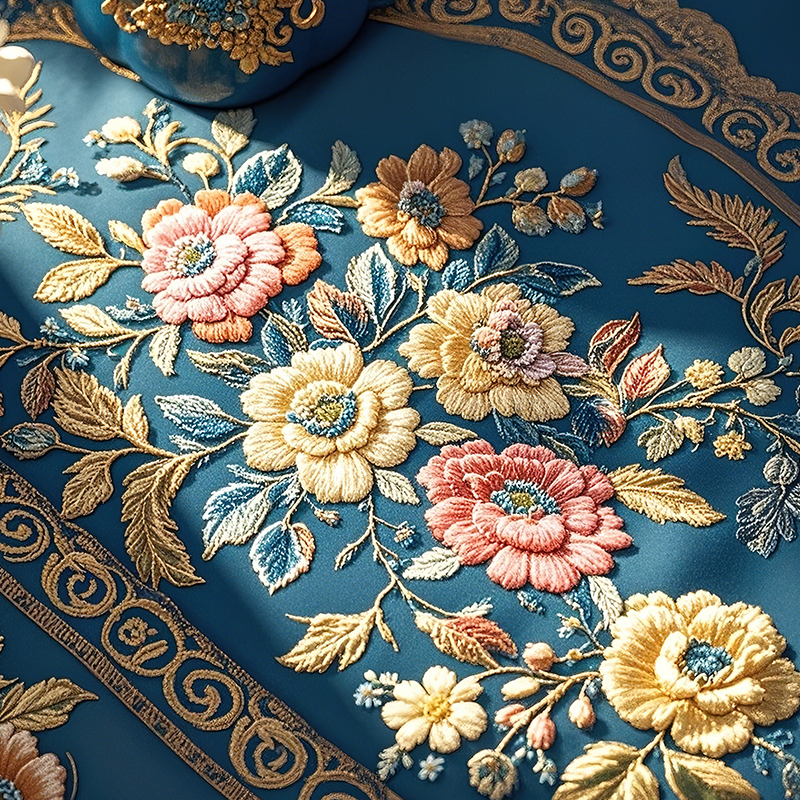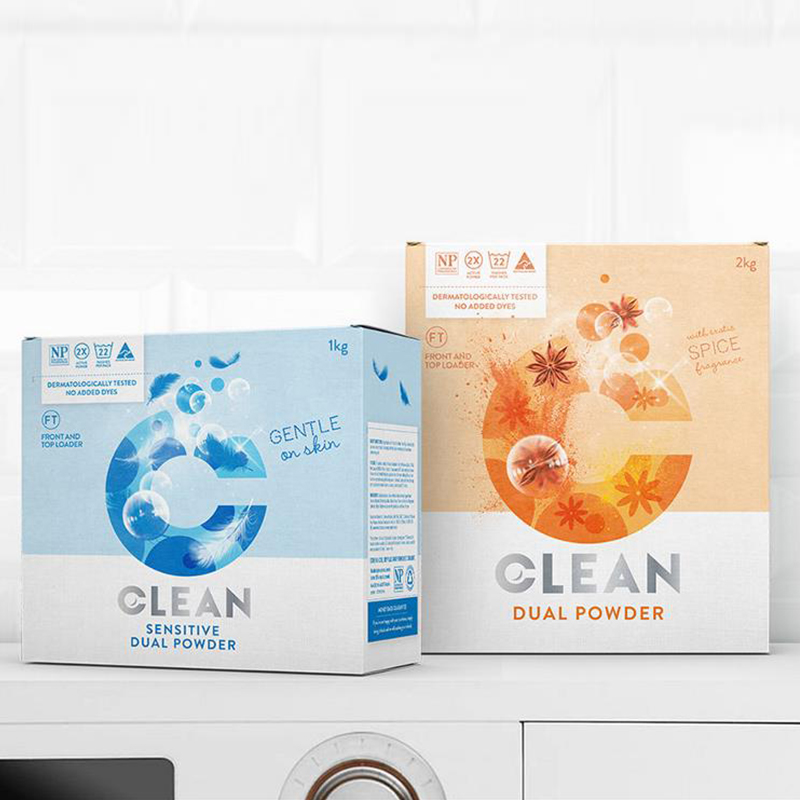I. Connection Solutions for Lingerie Shoulder Straps and Cups
(1) Seamless Connection Process
Hot-melt adhesive films are used for the seamless connection of lingerie shoulder straps and cups. During the production process, the hot-melt adhesive film is first cut into appropriate sizes and placed at the connection part of the shoulder strap and the cup. Then, a certain temperature and pressure are applied through a hot-pressing device, causing the hot-melt adhesive film to quickly melt and penetrate into the fabric fibers of the shoulder strap and the cup. After the hot-melt adhesive cools and solidifies, the shoulder strap and the cup are firmly connected, forming a smooth transition area. This avoids the friction and discomfort caused by traditional stitching, enhancing wearing comfort. For example, in the production of seamless lingerie, this seamless connection method ensures that the surface of the lingerie is flat, and no indentations are left on the shoulders during wearing, meeting consumers' dual needs for comfort and aesthetics.
(2) Adjustable Connection Design
For lingerie that requires adjustable shoulder strap lengths, hot-melt bonding technology is utilized to create adjustable connection components. The hot-melt adhesive is applied to the adjustment buckles or sliders of the shoulder straps, and then hot-melt bonded with the shoulder straps and cups. The adhesiveness of the hot-melt adhesive ensures that the adjustment components are closely integrated with the shoulder straps and cups, and they will not easily fall off or shift during the adjustment process. This design not only allows consumers to adjust the shoulder strap length according to their own needs but also reduces the gaps between components through hot-melt bonding, decreasing the risk of snagging and extending the service life of the lingerie.
II. Lingerie Cup Molding Solutions
(1) Multi-Layer Material Composite Molding
When manufacturing lingerie cups with three-dimensional shapes, hot-melt bonding technology is employed to achieve the lamination of multi-layer materials. Fabrics of different materials, such as sponge, non-woven fabric, and lace, are laminated under hot-pressing conditions by applying hot-melt adhesive or sandwiching hot-melt adhesive films. The hot-melt adhesive can firmly bond each layer of material together, forming a stable structure while maintaining the softness and elasticity of the cup. For example, in the production of push-up lingerie cups, multi-layer sponges are laminated with outer lace fabric through hot-melt bonding. This not only shapes an ideal breast contour but also makes the surface of the cup feature delicate lace patterns, enhancing the aesthetics and functionality of the lingerie.
(2) Local Reinforcement Treatment
For the key stress-bearing parts of lingerie cups, such as the bottom and edges, hot-melt bonding is used for local reinforcement. The hot-melt adhesive is applied to these parts in a specific pattern or line form. After hot-pressing, the hot-melt adhesive solidifies to form a reinforced layer, increasing the support and durability of the cup. Compared with overall material thickening, this local reinforcement method is more flexible and cost-effective, and it does not affect the overall comfort and breathability of the cup, making it suitable for the production of various lingerie cup styles.
III. Connection Solutions for Lingerie Back Fasteners and Fabrics
(1) Invisible Fastener Connection
To enhance the aesthetics and wearing comfort of the back of lingerie, hot-melt bonding technology is adopted to connect invisible fasteners with lingerie fabrics. Small hot-melt adhesive particles or strips are applied to the back of the invisible fasteners, and then hot-pressed with the back fabric of the lingerie. The hot-melt adhesive enables the fasteners to closely adhere to the fabric. From the outside, there are hardly any visible connection traces, achieving a flat and invisible effect on the back of the lingerie. Meanwhile, the firmness of hot-melt bonding ensures that the fasteners will not fall off during daily wearing and washing, guaranteeing the normal use of the lingerie.
(2) Anti-Slip Fastener Fixation
For lingerie products such as sports bras that require strong anti-slip performance, hot-melt bonding technology is used to fix anti-slip fasteners. Anti-slip hot-melt adhesive is applied to the contact surface between the fasteners and the lingerie fabric, and the fasteners are firmly fixed to the back through hot-pressing. These anti-slip fasteners can effectively prevent the lingerie from shifting during exercise, providing stable support for the wearer. The hot-melt bonding method also enables the anti-slip fasteners to better integrate with the lingerie fabric, reducing skin irritation and making it suitable for long-time sports wear.
IV. Fixation Solutions for Lingerie Decorative Elements
(1) Lace and Ruffle Decoration
When adding decorative elements such as lace and ruffles to lingerie, hot-melt bonding technology offers a convenient and aesthetically pleasing fixing method. The hot-melt adhesive is applied to the edges or backs of the lace and ruffles in the form of thin lines or dots, and then hot-pressed with the main fabric of the lingerie. The hot-melt adhesive can quickly solidify, firmly fixing the decorative elements in place, avoiding deformation or unevenness of the decorations caused by traditional stitching. Moreover, hot-melt bonding allows for precise fixation of decorations, making the patterns of the lace and ruffles clearer and more three-dimensional, enhancing the decorative effect and fashion sense of the lingerie.
(2) Sequin and Bead Decoration
For lingerie decorated with sequins and beads, hot-melt adhesive is used for fixation. Special hot-melt adhesive is dropped and applied to the backs of the sequins and beads, and then they are closely bonded to the lingerie fabric through hot-pressing. The adhesiveness of the hot-melt adhesive ensures that the sequins and beads are not easy to fall off during wearing and washing, and it will not damage the luster and texture of the sequins and beads. Compared with traditional sewing or gluing methods, this hot-melt bonding fixation method is more secure and has higher operation efficiency, making it suitable for mass production of various decorative lingerie.

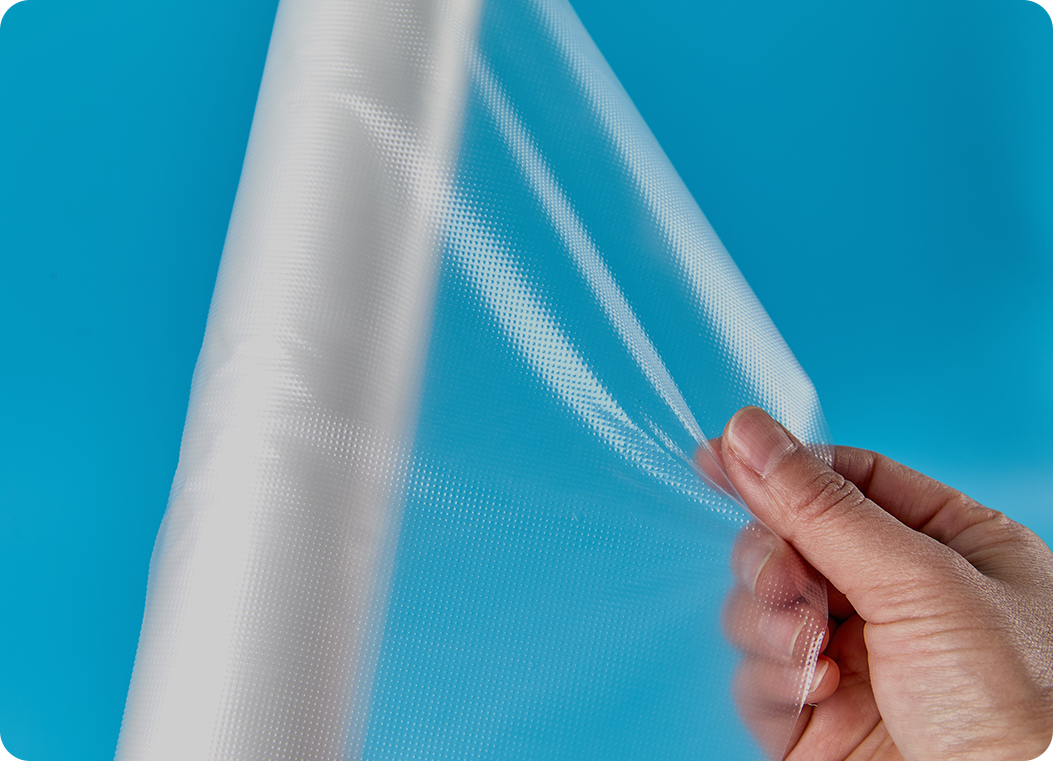



 English
English 中文简体
中文简体 Türk
Türk